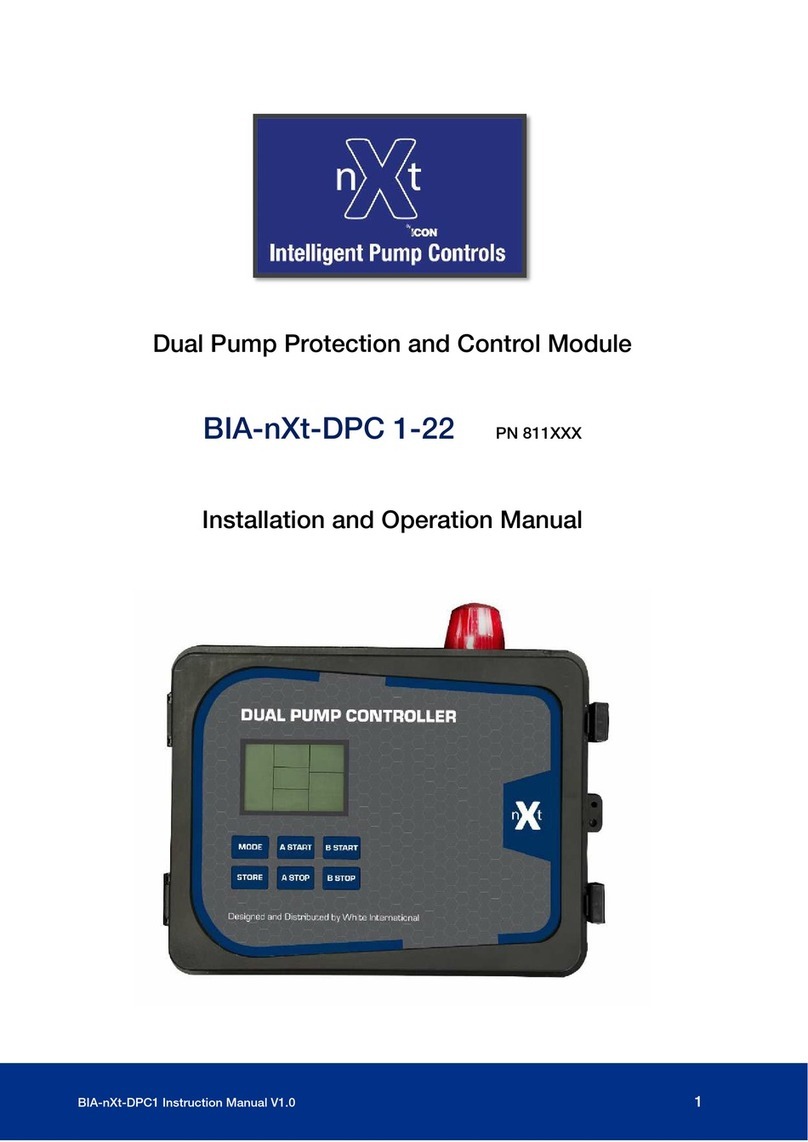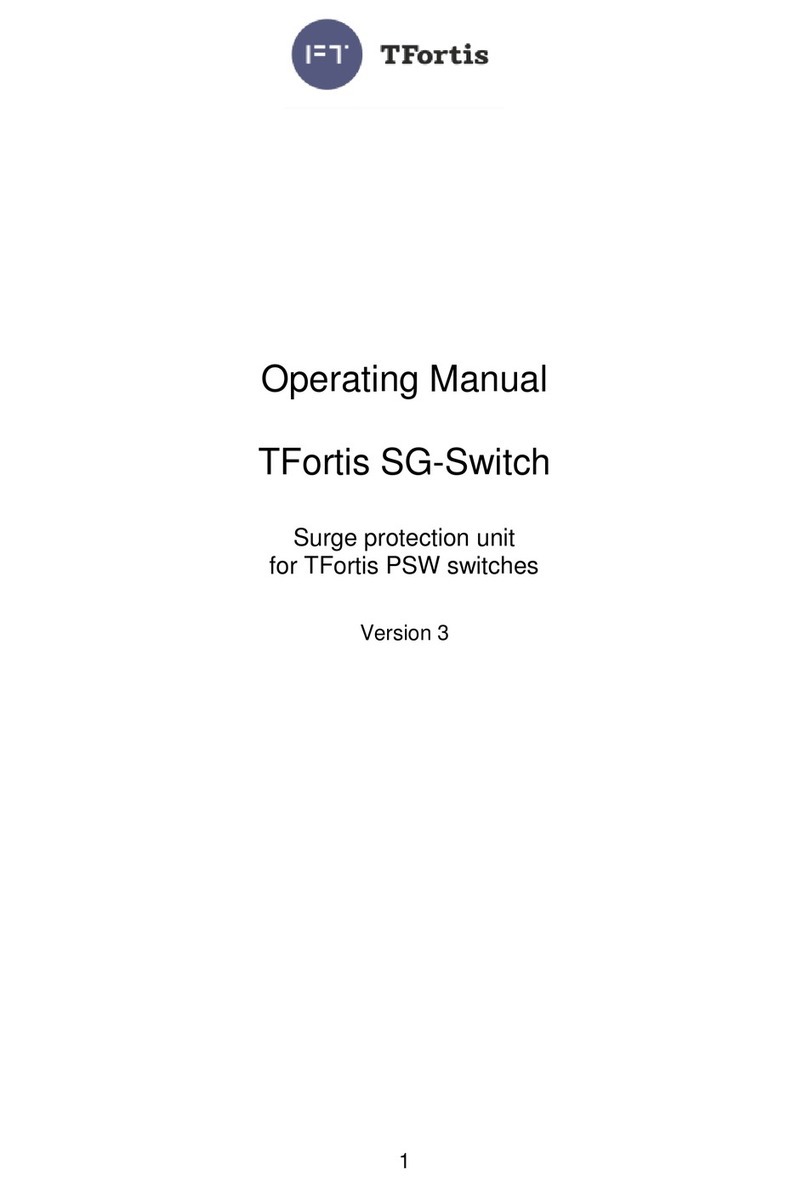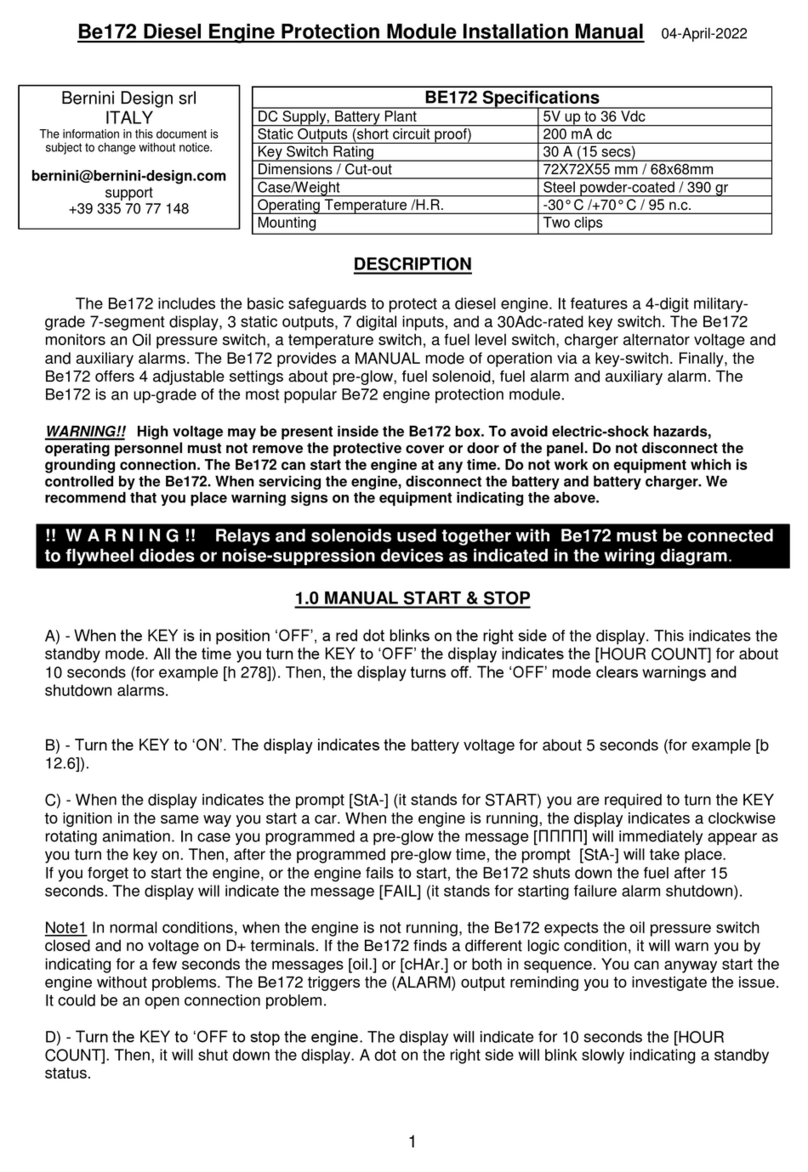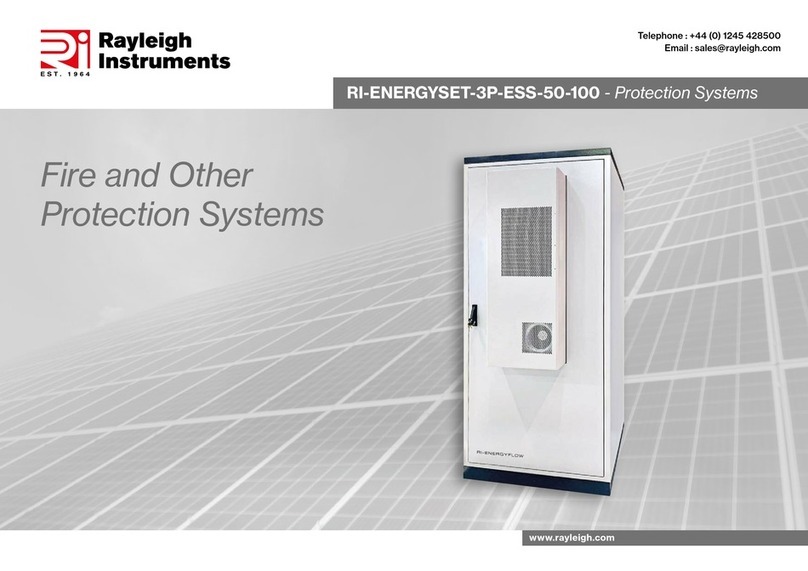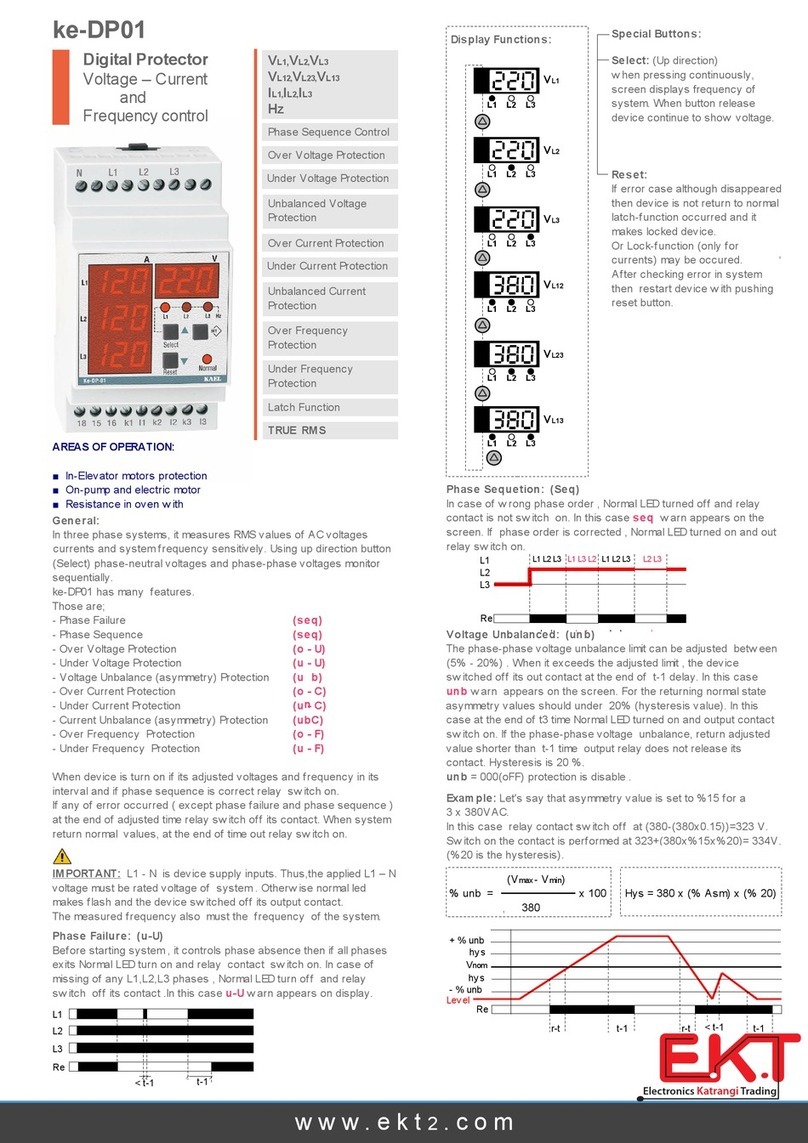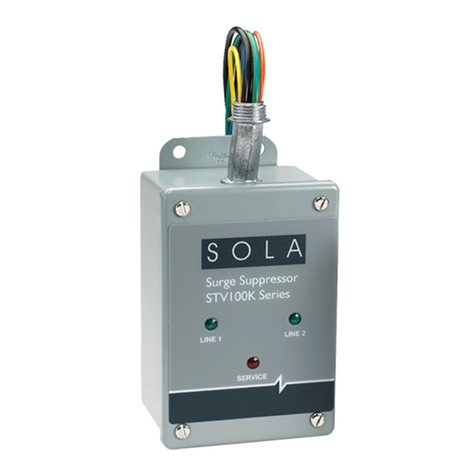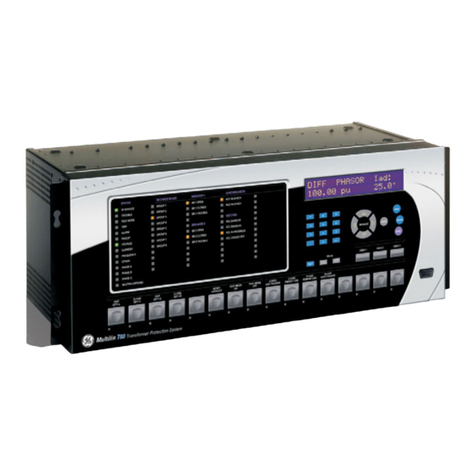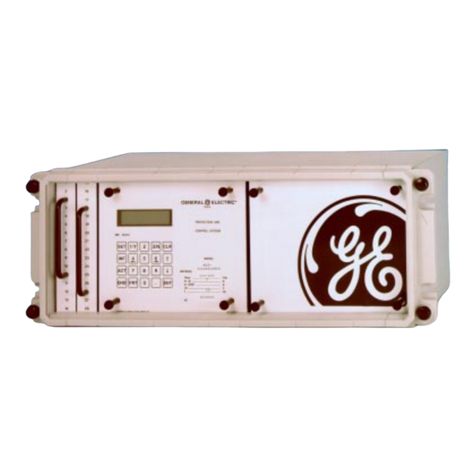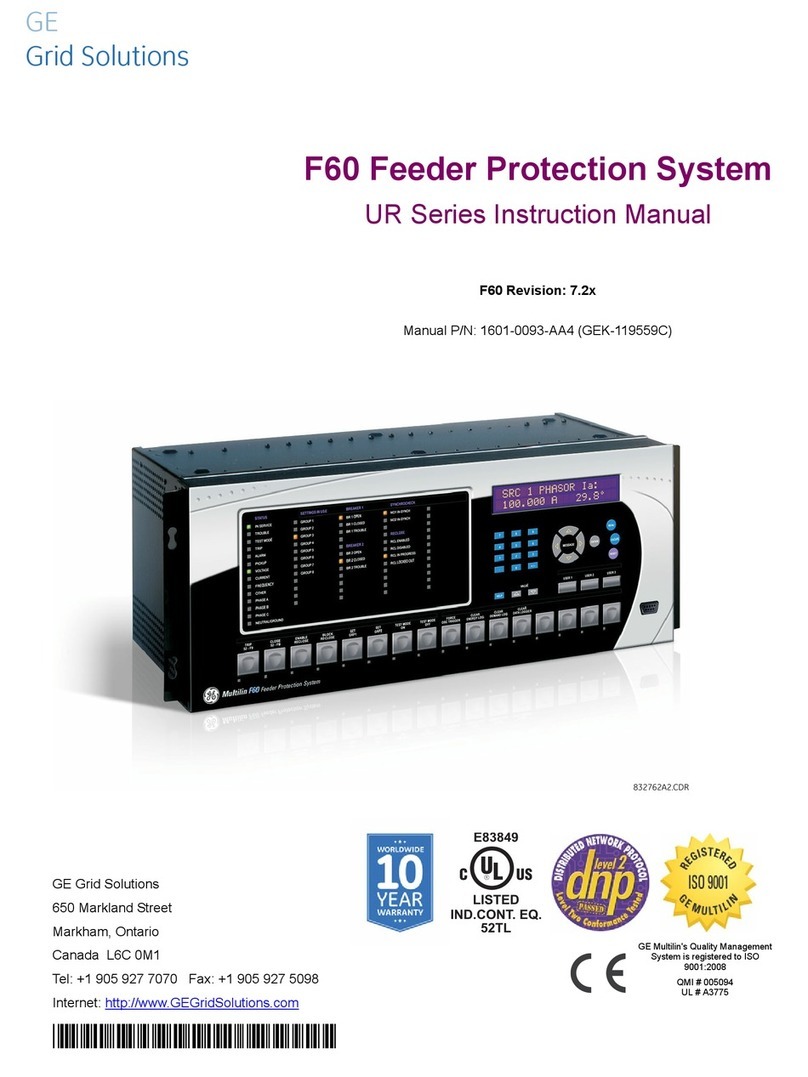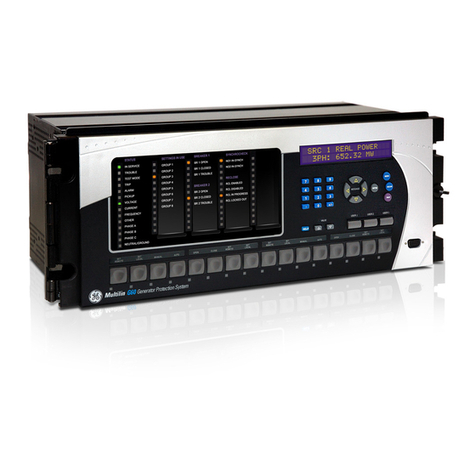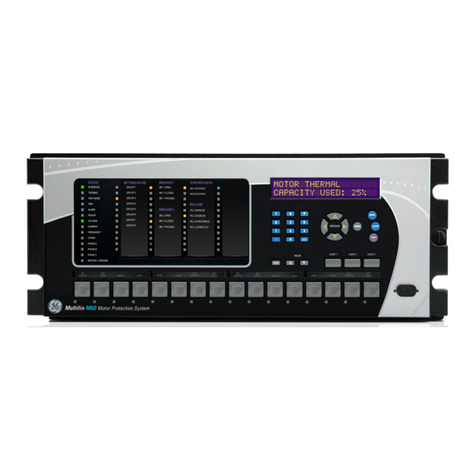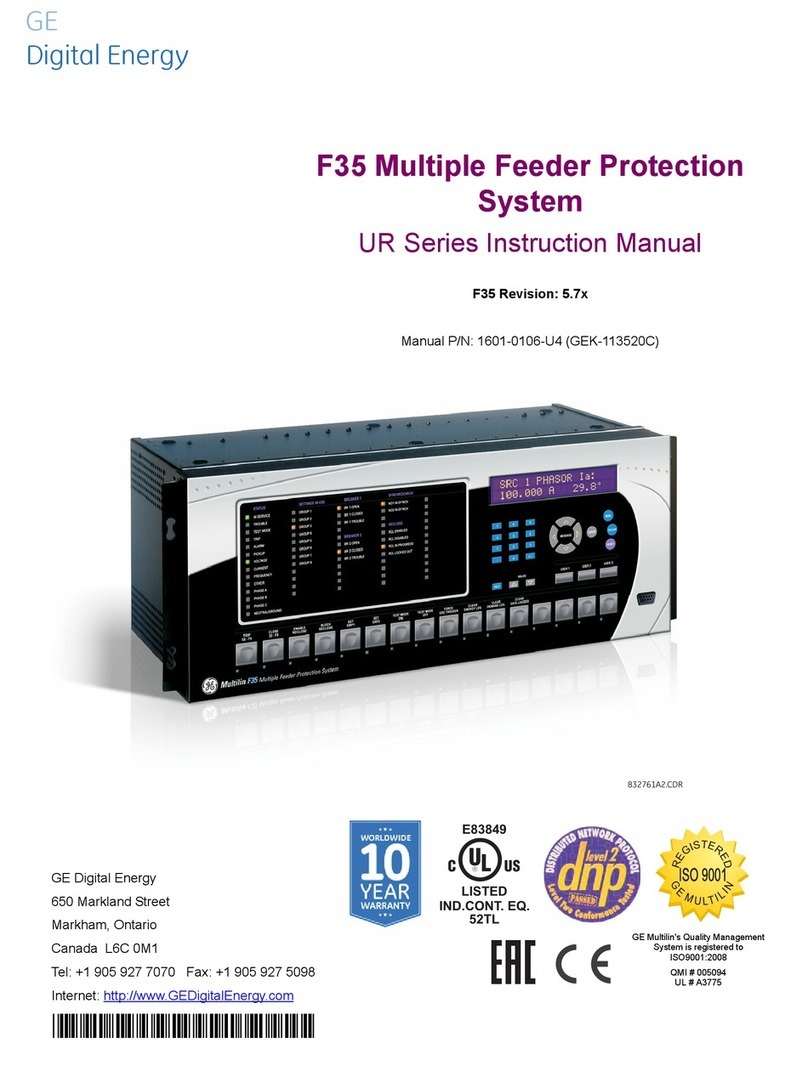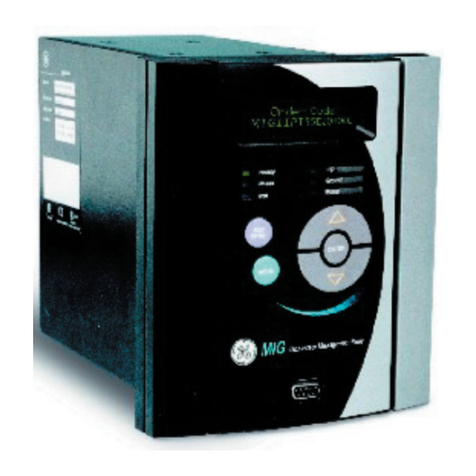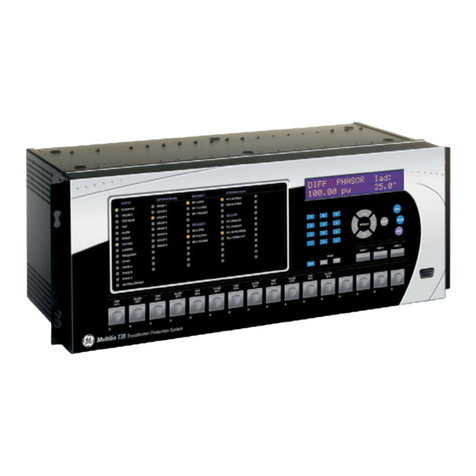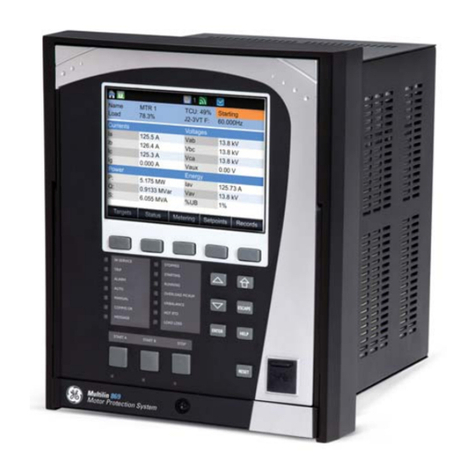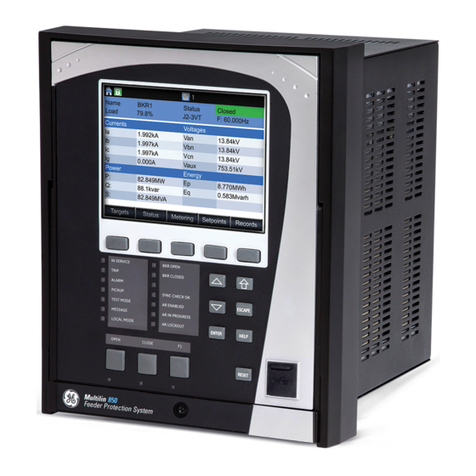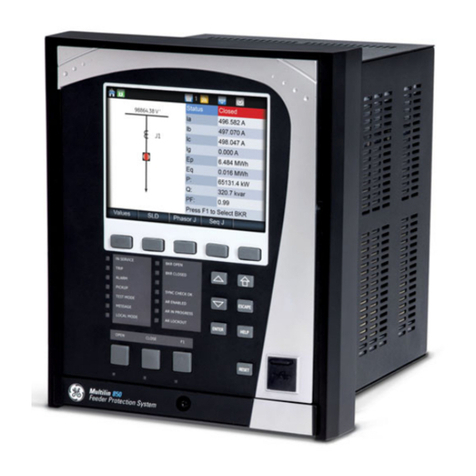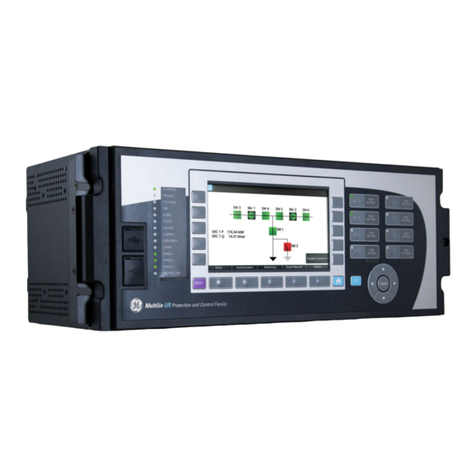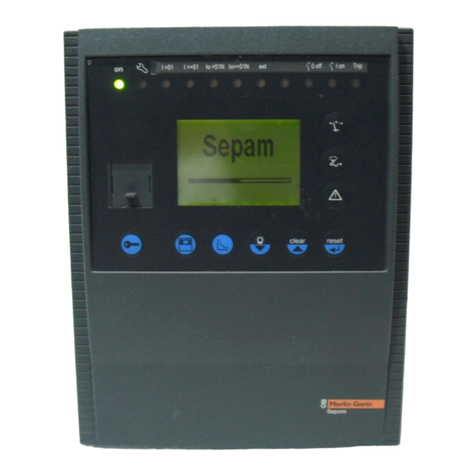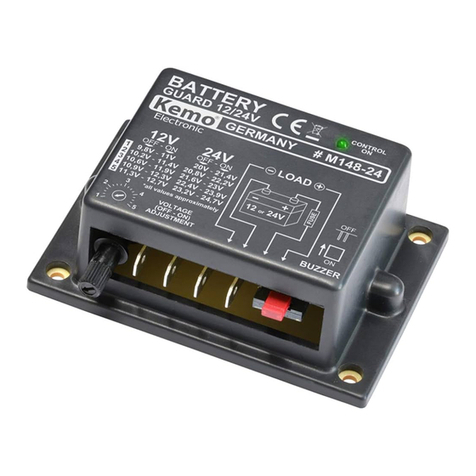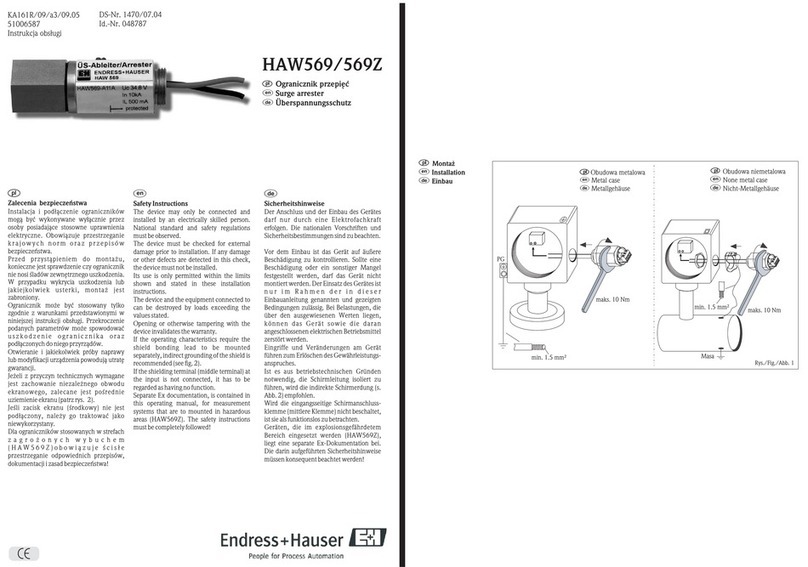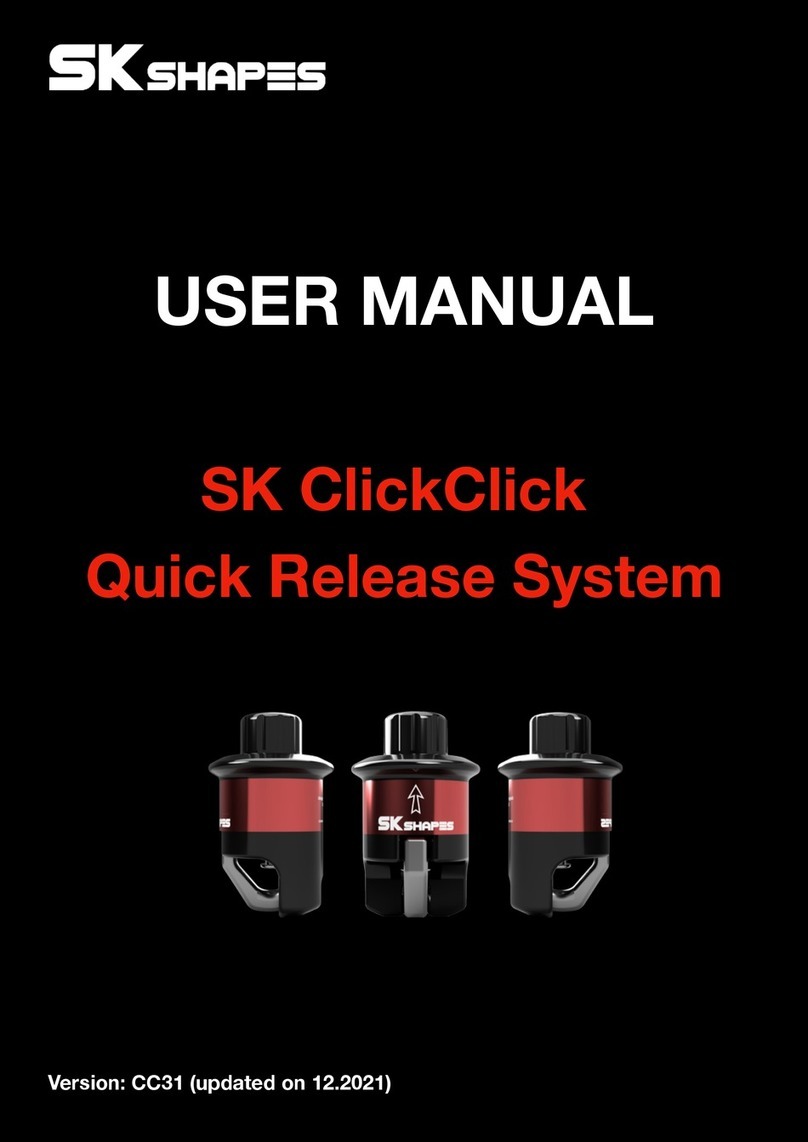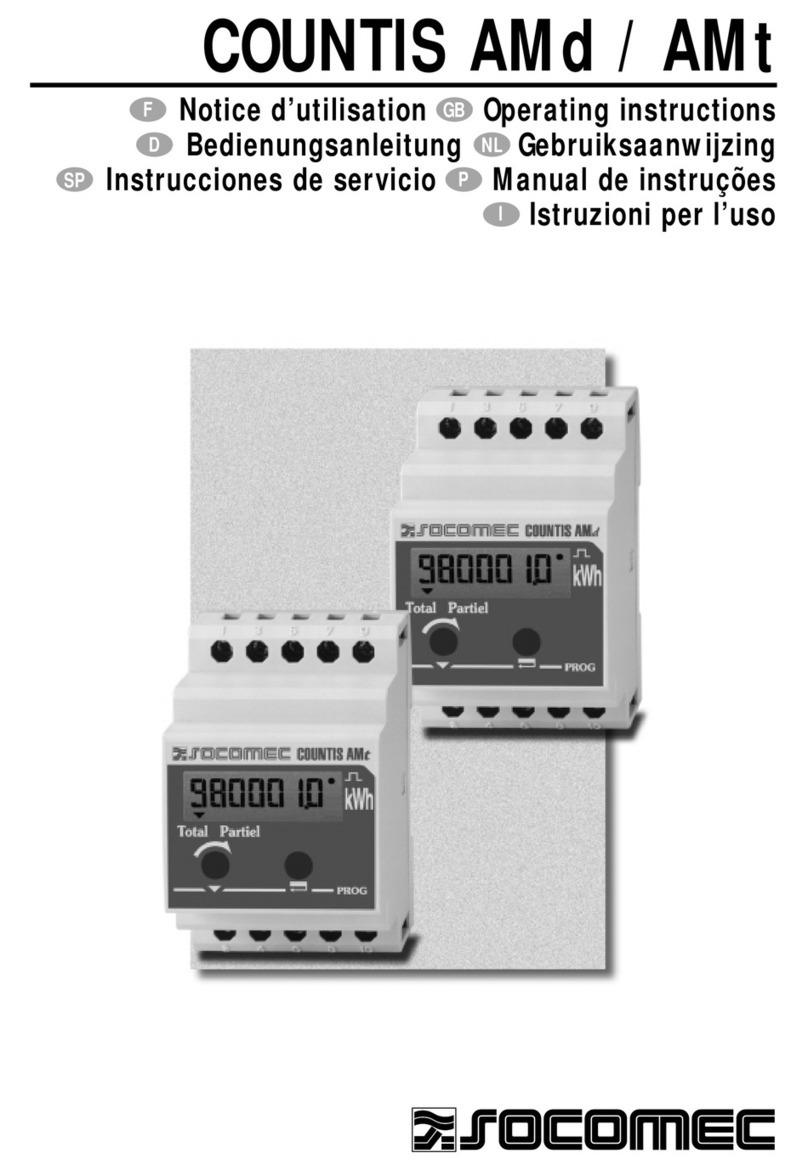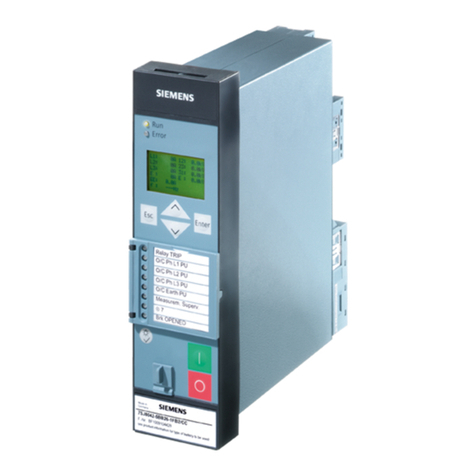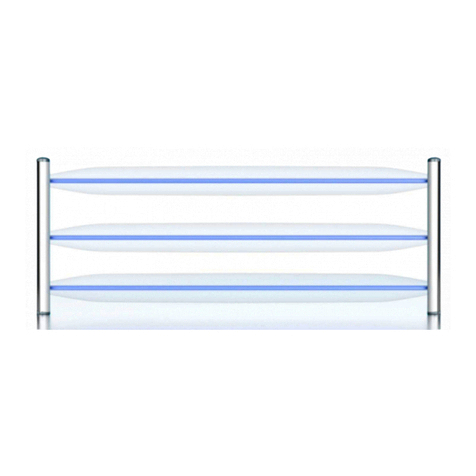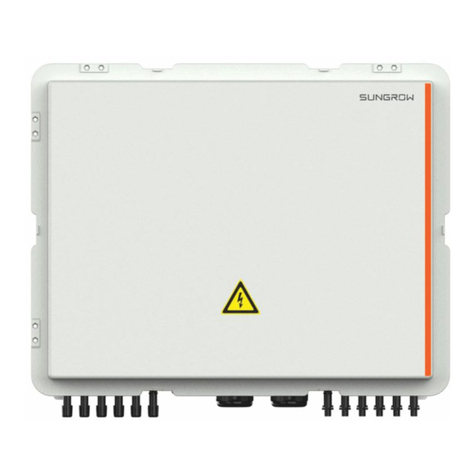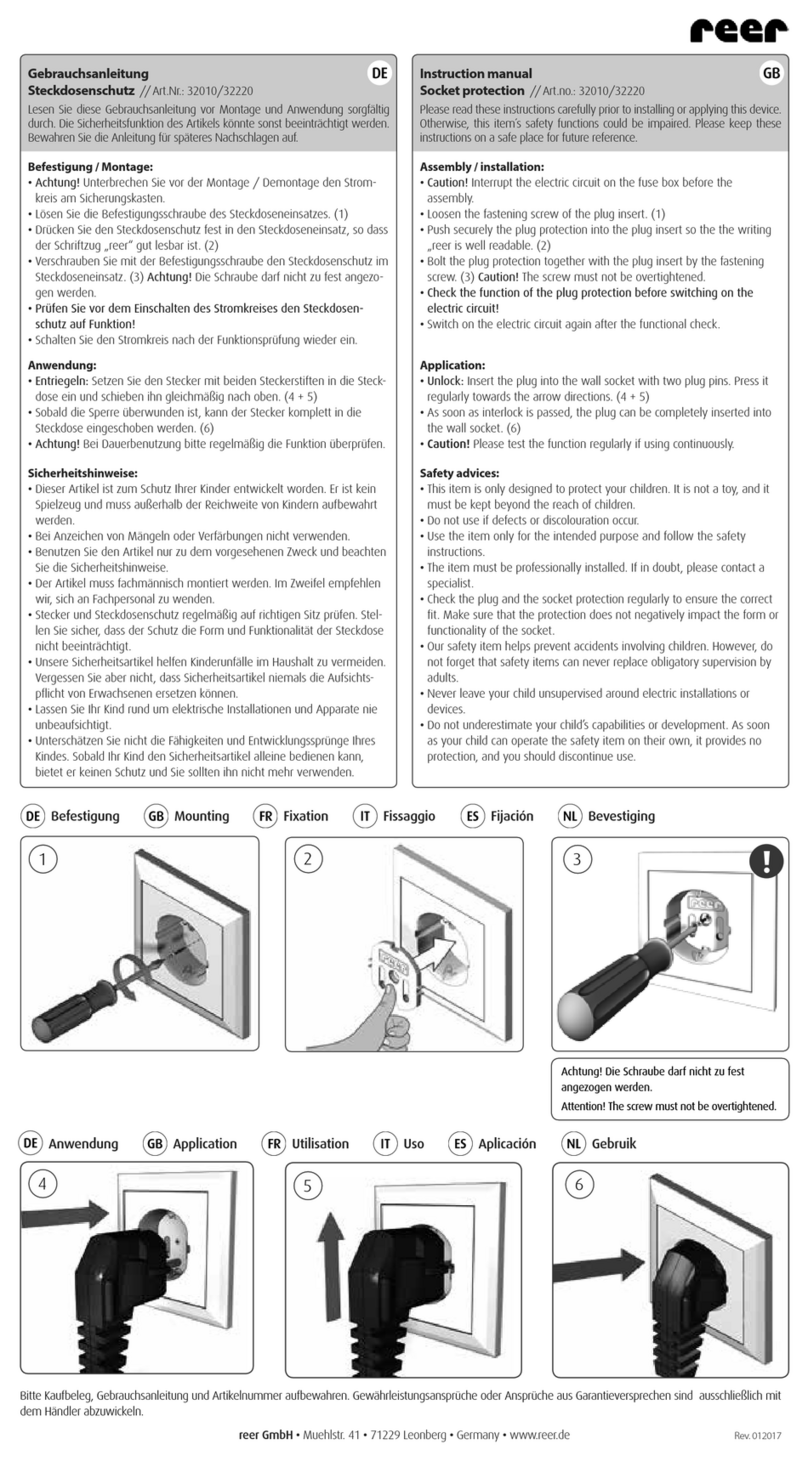
TOC–2 339C MOTOR PROTECTION SYSTEM – INSTRUCTION MANUAL
Hardware and software requirements.........................................................................3 - 11
Installing the EnerVista SR3 Setup software..............................................................3 - 11
Connecting EnerVista SR3 Setup to the relay ............................................................3 - 14
Configuring serial communications...............................................................................3 - 14
Using the Quick Connect feature ....................................................................................3 - 15
Configuring Ethernet communications ........................................................................3 - 16
Connecting to the relay........................................................................................................3 - 17
Working with setpoints and setpoint files....................................................................3 - 18
Engaging a device..................................................................................................................3 - 18
Entering setpoints...................................................................................................................3 - 18
File support ................................................................................................................................3 - 20
Using setpoints files...............................................................................................................3 - 20
Downloading and saving setpoints files......................................................................3 - 20
Adding setpoints files to the environment..................................................................3 - 20
Creating a new setpoint file...............................................................................................3 - 21
Upgrading setpoint files to a new revision .................................................................3 - 22
Printing setpoints and actual values .............................................................................3 - 23
Printing actual values from a connected device .....................................................3 - 24
Loading setpoints from a file.............................................................................................3 - 25
Upgrading relay firmware ...................................................................................................3 - 25
Loading new relay firmware..............................................................................................3 - 25
Advanced EnerVista SR3 Setup features ...................................................................... 3 - 27
Data logger................................................................................................................................3 - 27
Motor start data logger........................................................................................................3 - 28
Transient recorder (Waveform capture).......................................................................3 - 30
Protection summary..............................................................................................................3 - 33
Password security ..................................................................................................................3 - 34
4.ACTUAL VALUES Actual values overview ...................................................................................................4 - 1
A1 Status................................................................................................................................4 - 3
Motor status ...............................................................................................................................4 - 4
Clock...............................................................................................................................................4 - 6
Contact inputs...........................................................................................................................4 - 6
Output relays ............................................................................................................................. 4 - 6
Output relays - Breaker........................................................................................................4 - 6
Output relays - Contactor...................................................................................................4 - 7
Logic elements ..........................................................................................................................4 - 7
Virtual inputs ..............................................................................................................................4 - 7
Remote inputs ...........................................................................................................................4 - 7
Remote outputs ........................................................................................................................4 - 8
Contact inputs summary......................................................................................................4 - 8
Output relays summary........................................................................................................4 - 8
Logic elements summary.....................................................................................................4 - 8
GOOSE status.............................................................................................................................4 - 9
GOOSE HDR status ..................................................................................................................4 - 9
RTD temp summary................................................................................................................4 - 9
A2 Metering ..........................................................................................................................4 - 10
Current..........................................................................................................................................4 - 10
Voltage..........................................................................................................................................4 - 11
Power.............................................................................................................................................4 - 11
Energy ...........................................................................................................................................4 - 12
RTD temperature......................................................................................................................4 - 12
Clear energy ...............................................................................................................................4 - 12
A3 Records............................................................................................................................4 - 13
Datalogger ..................................................................................................................................4 - 13
Motor start data logger.........................................................................................................4 - 13
